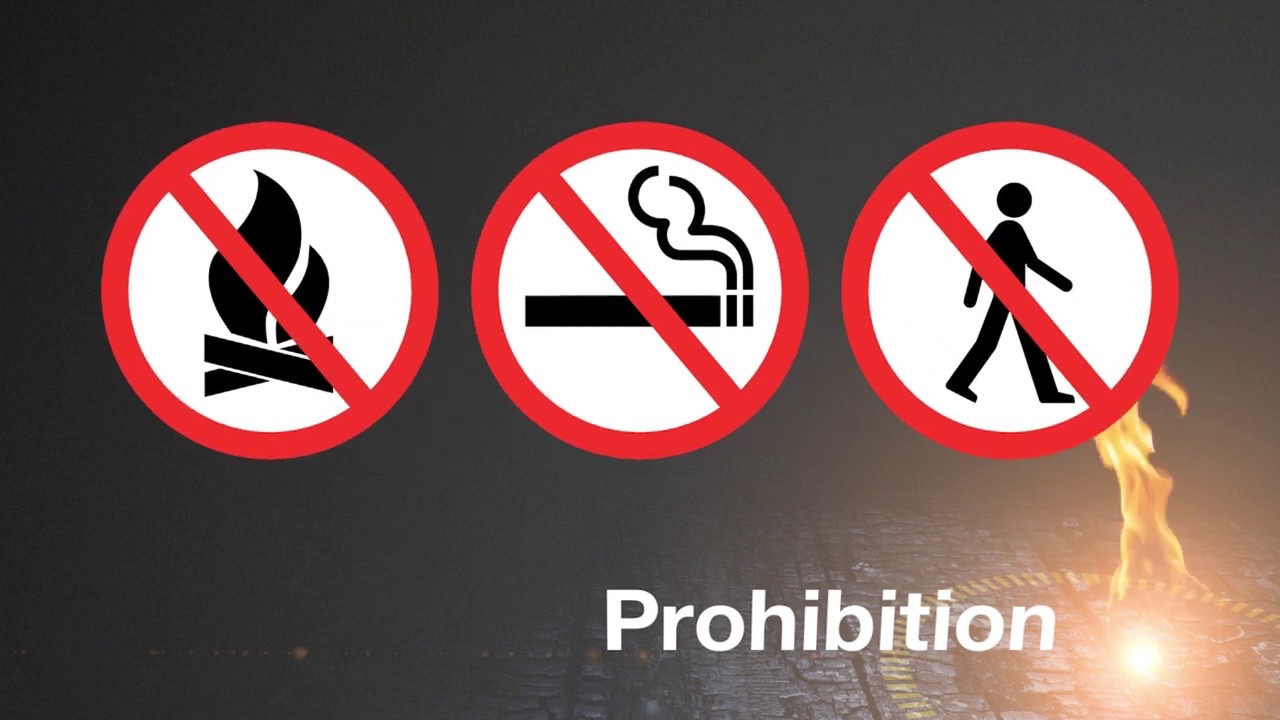Completion requirements
View
Heat Safeguards
- Control sources of ignition.
- Treat independent building uses, such as an office over a shop as separate purpose groups and therefore compartmentalise from each other.
- Ensure cooking food is always attended to.
Smoking
- Provide no-smoking signs at appropriate locations.
- Ensure smoking area(s) are away from flammable materials.
- Arrange for cigarettes and matches to be disposed of safely and away from other combustible rubbish.
Plant and Equipment
- Ensure all work equipment protects against catching fire or overheating.
- Ensure proper housekeeping, such as preventing ventilation points on machinery from becoming clogged with dust or other materials - causing overheating.
- Has electrical equipment serviced regularly by a competent person to prevent sparks and fires?
- Properly clean and maintain heat-producing equipment such as burners, heat exchangers, boilers (inspected and tested yearly), ovens, stoves, and fryers. Require storage of flammables away from this equipment.
- Use a planned maintenance programme to properly maintain the plant and equipment. Review your programme if you already have one.
Planned Maintenance
- Frictional heat (caused by loose drive belts, bearings which are not properly lubricated or other moving parts).
- Electrical malfunction.
- Flammable materials are used in contact with hot surfaces.
- Leaking valves or flanges which allow seepage of flammable liquids or gases.
- Static sparks (perhaps due to inadequate electrical earthing).
Portable Heaters
- Do not use portable heaters unnecessarily.
- They should have emergency tip-over switches, and thermostatic limiting controls.
- Turn them off if people leave the room or are going to sleep.
- Ensure they are 1M away from anything that can burn.
- Do not use them to dry clothes.
Hot Work
Hot work often arises from construction and/ or maintenance activities. Hot work includes welding, flame-cutting, soldering, grinding and other equipment incorporating a flame. Hot work can be very dangerous and stringent controls must be in place.
- Identify all hot work.
- Only allow hot work if no satisfactory alternative.
- Ensure relevant contractors are aware of hot work procedures and controls.
Use a hot work permit system including:
- Fire-resistant protective clothing.
- Clear responsibility.
- Routine checking and supervision.
- Item to be worked on removed to a safe area.
- Remove or protect combustible or flammable materials.
- Prevent, suppress and control sparks.
- Prevent, suppress and control heat.
- Provision of and training on suitable fire-fighting equipment.
- Provision of a separate person to fire-watch and use fire-fighting equipment, the fire watcher.
- Particular precautions for special risks, e.g. confined space.
- Leave the workplace clean and safe.
- Final check of area at least 60 minutes after the completed job and certainly prior to premises being vacated.
Electrical Safety
- Get a qualified electrical contractor to carry out installation and repairs to electrical equipment and fittings.
- Maintain proper pest control to avoid rodent damage to electric wiring and equipment.
- Check electrical equipment and remove defective equipment.
- Ensure electrical cords are in good condition.
- Plug appliances and lights into separate electrical outlets.
- Avoid using extension cords. If you require an outlet in an area where there is none, have one installed by a qualified electrician.
- Use extension cords safely - not under carpets or across walking areas.
- Use only one device per outlet.
Oxygen
Oxygen gas is used:
- In welding, flame cutting and other similar processes.
- In steelworks and chemical plants.

Click here to view a video that explains how to prevent office fires.